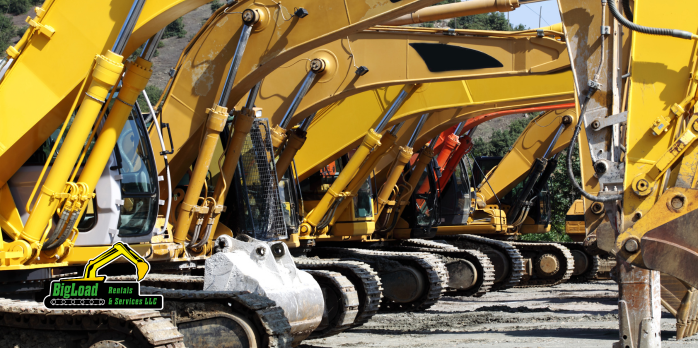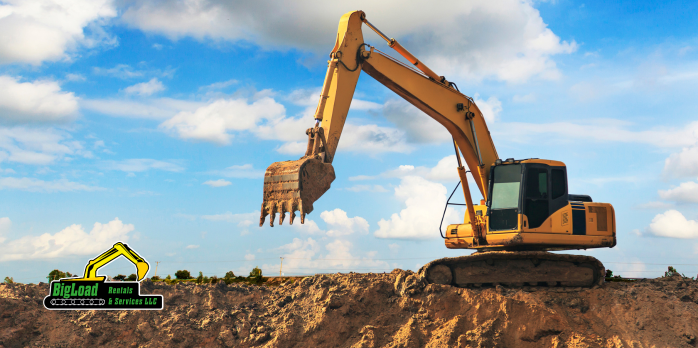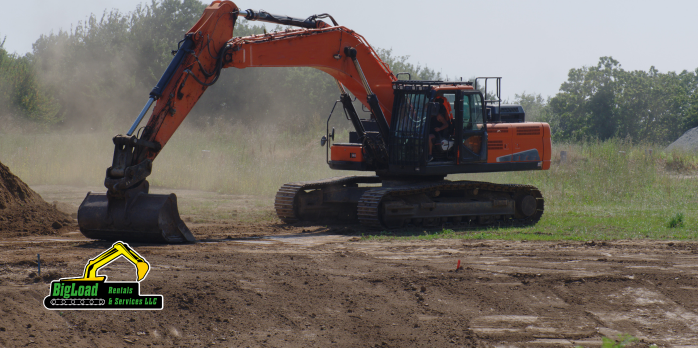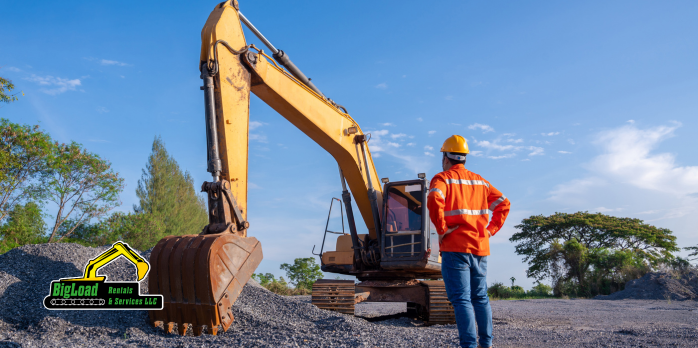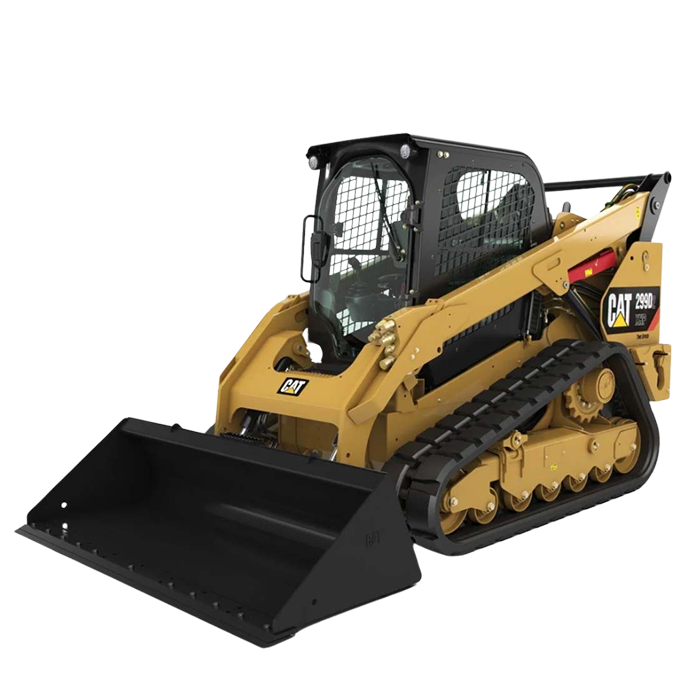How Much Excavation Do You Need?
Understanding the Process to Avoid Excess or Shortfall in Your Project
Excavation is a fundamental step in many construction projects, whether it's for foundations, trenches, or landscaping. Calculating the volume of earth you need to excavate ensures that you have enough material for your project without wastage or delays due to shortages. This guide explains the process of determining the amount of earth to excavate, helping you plan efficiently and effectively.
Understanding Excavation Volume:
- Basic Concepts: Excavation volume is measured in cubic units, typically cubic feet or cubic yards. It represents the amount of space occupied by the earth that needs to be removed from the site.
- Shape and Depth: The shape of the area to be excavated determines the calculation method. For simple shapes like rectangles or squares, length, width, and depth measurements are sufficient. For irregular shapes, dividing the area into smaller, more manageable sections is helpful.
Calculating Excavation Volume:
- Rectangular or Square Areas: For these shapes, use the formula.
-
- Volume = Length × Width × Depth
- Measure the length, width, and depth in the same units (e.g., feet) for consistency.
- Irregular Shapes: Break down the area into smaller sections that are easier to measure. Calculate the volume for each section using the same formula and add the volumes together for the total excavation volume.
- Sloped Surfaces: If the area has slopes, adjust the depth measurement accordingly. Sloped areas may require additional calculations to account for varying depths.
- Account for Overcuts and Swells: Overcuts occur when the excavation area is larger than the final desired area, typically due to safety margins. Swells occur when excavated soil expands upon removal, requiring more space than initially measured.
Example Calculation:
-
- Rectangular Area: Length = 50 feet, Width = 30 feet, Depth = 5 feet
- Volume = 50 feet × 30 feet × 5 feet = 7,500 cubic feet
Practical Tips:
- Use Online Calculators: Various online tools and apps can simplify excavation volume calculations. Input your measurements, and these tools will provide the total volume quickly.
- Consult with Professionals: For complex projects or irregular shapes, consulting with excavation professionals can ensure accurate measurements and planning.
- Add Contingency: Include a contingency factor of around 10-15% to account for unforeseen circumstances or variations in soil density.
Big Load Equipment Rentals offers a range of excavation equipment to meet your needs. Call us at (832) 366-4862 for selecting the right equipment for your project. Trust Big Load for efficient and precise excavation solutions!

Comprehensive Equipment Rental Services, Earthmoving Equipment Rental, Professional Excavation Services, Material Lifting Solutions, Precision Road Grading Rentals, Construction Equipment Hire, Specialized Earthmoving Services, Advanced Excavation Equipment, Durable Material Handling Machinery, Custom Land Grading Solutions, Heavy Machinery Rental Services, Industrial Equipment Leasing, Top-Quality Construction Tools Rental, Efficient Project Equipment Solutions, Comprehensive Material Handling Services





